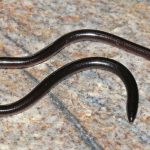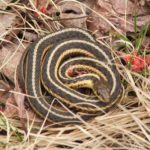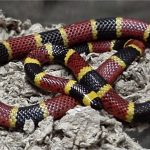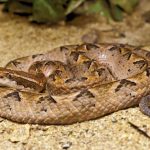Long-nosed adder is a viper species inhabiting southern Europe, Balkans and parts of Middle East. It is regarded as one of the deadliest snakes in Europe, judging by its size, long fangs and high toxicity. There are five recognized subspecies of this species.
| Kingdom |
Animalia |
| Phylum |
Chordata |
| Subphylum |
Vertebrata |
| Class |
Reptilia |
| Order |
Squamata |
| Suborder |
Serpentes |
| Family |
Viperidae |
| Subfamily |
Viperinae |
| Genus |
Vipera |
| Scientific Name |
Vipera ammodytes |
| Other Names |
Long-nosed Viper, Nose-horned Viper, Sand Viper, Common Sand Adder, Common Sand Viper, Sand Natter |
| Length |
40-95 cm (20-40 in ) |
| Color |
Grey or reddish brown with dark zigzag pattern running down the back; a characteristic dark band behind each eye; females have a similar, but less distinct coloration |
| Distribution |
North-eastern Italy, Southern Austria, Serbia, Croatia, Slovenia, Bosnia-Herzegovina, Albania, Romania, Bulgaria, Turkey, Georgia, Greece, Republic of Macedonia, Montenegro and Syria |
| Habitat |
Dry, rocky hill-sides, and clearings of woodlands; sometimes in farmlands, vineyards, and railway embankments |
| Diet |
Small mammals and birds, sometimes smaller snakes |
| Hibernation Fact |
Hibernate in winter in large groups in underground hidings |
| Venom Fact |
Highly venomous |
| Breeding Season |
April-May |
| Mode of Reproduction |
Ovoviviparous (eggs hatching within the mother’s body, with live babies being born) |
| Litter Size |
1 – 20 |
| Average Lifespan |
Maximum 22 years in captivity |
| IUCN Conservation Status |
Least Concern |
Long-Nosed Adder Pictures Gallery
-
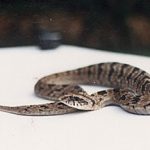
-
Long-Nosed Adder Images
-

-
Long-Nosed Adder Snake
-

-
Long-Nosed Adder
-
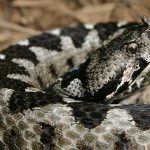
-
Long-Nosed Adders
-
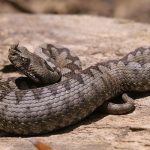
-
Nose-Horned Viper
-
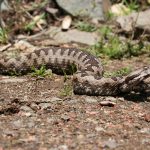
-
Long-Nosed Viper
-
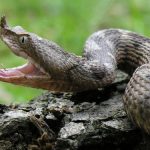
-
Vipera Ammodytes









